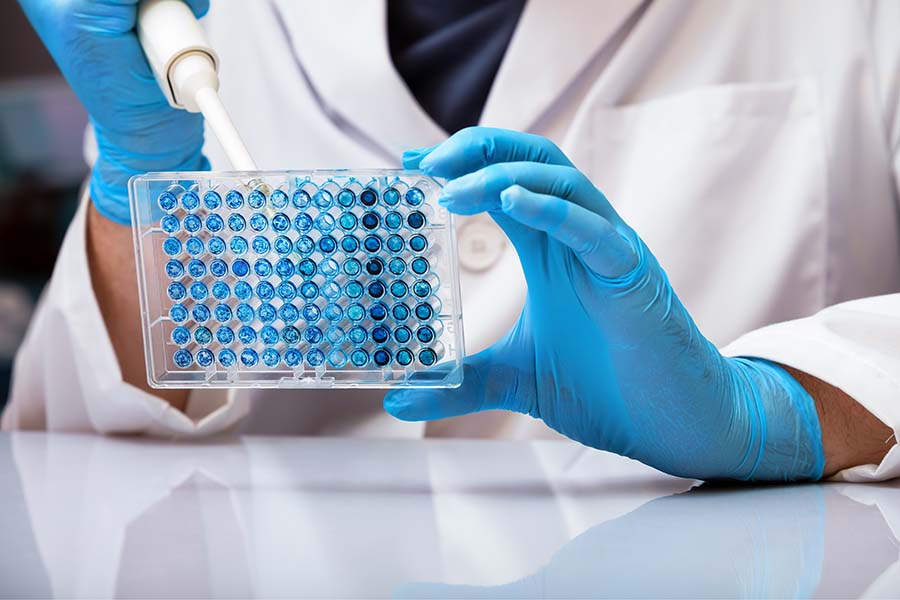


Des systèmes acellulaires pour produire des particules pseudovirales !
Les particules pseudovirales (VLP) sont des nanostructures constituées de protéines virales assemblées, dépourvues de matériel génétique viral et donc non infectieuses. Leur intérêt réside dans la possibilité de les utiliser pour transporter et délivrer des...Cell-free synthesis of amyloid fibrils with favorable functional and analytical features
Les amyloïdes sont des agrégats de protéines présentant une structure fibrillaire non ramifiée typique, qui sont impliqués dans plusieurs maladies de mauvais repliement des protéines, associées à des maladies neurodégénératives telles que les maladies...
New trends in cell-free Synthetic Biology
Cell-free Synthetic Biology takes use of biomolecular reactions outside cells to synthesise specific products with applications in medicine, agriculture, environment and industry, particularly in the fields of drug discovery, diagnostics, biomanufacturing and...
Cell-free systems are only relevant for protein synthesis
Cell-free systems are mainly used for in-vitro protein synthesis and can be considered as a powerful tool in genetic code reprogramming, involving the amber codon. In this use, the non- proteinogenic amino-acids are incorporated into proteins by charging them to...
Cell-free systems are complex; hence the increased uptake in recent years of cell-free kits
The wide availability and convenience of cell-free kits has led to their increased use over the last few years. However, despite the multitude of cell-free kits on the market, they do not allow as much flexibility as custom solutions. Indeed, the base reaction buffer...
Cell-free systems do not produce functional protein complexes
Cell-free systems not only enable the production of proteins, but also protein complexes composed of around 2 to 1500 proteins. Indeed, the open nature of cell-free systems is advantageous for the co-expression of proteins since the ratios of DNA templates and the...
Cell-free systems only work with plasmids
It is true that cell-free protein synthesis works with genetic materials such as plasmid DNA but also with PCR-amplified linear DNA sequences. However, when cell-free expression assays started with PCR fragments, the expression yields were much lower than from plasmid...
Cell-free systems are only relevant for membrane proteins
Cell-free protein synthesis (CFPS) methodology offers the possibility to produce proteins that would be difficult or even impossible to synthesize in cell-based systems. These so-called “difficult-to-express proteins” include membrane proteins, but also cytotoxic...
